Winemaking, or vinification, is the art of turning a sweet grape into an alcoholic and aromatic liquid. The secrets of this transformation have been known for a really long time. In the Eastern European country of Georgia, traces of wine over 6,000 years old have been discovered in jars. But what exactly does winemaking consist of?
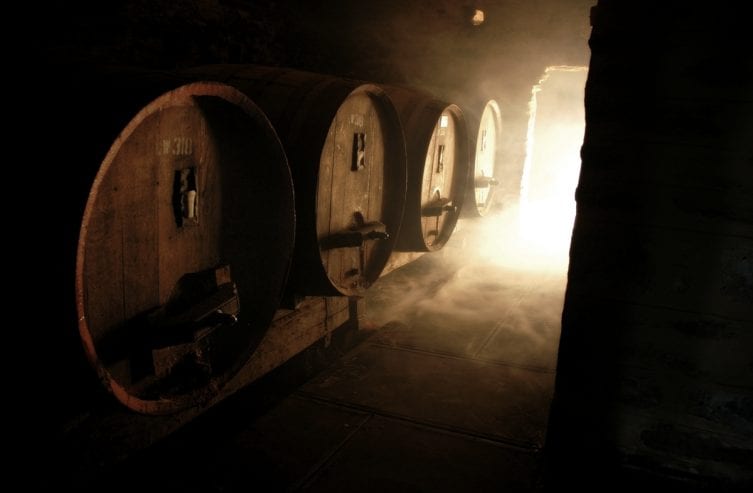
It all starts on the vineyard …
Winemaking requires grapes. They have to be of good quality and ripe. Making a great wine wine is not unlike making a great meal: if you use the right ingredients, you put all the chances on your side that you’ll end up with a good dish. If they are of poor quality, the result will be noticeable. It is important to harvest the grapes at the right maturity.
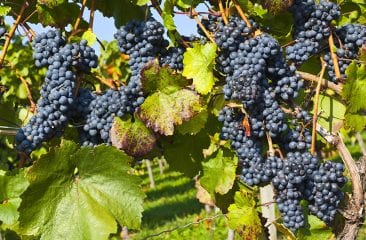
The secret of a great wine? A well matured grape …
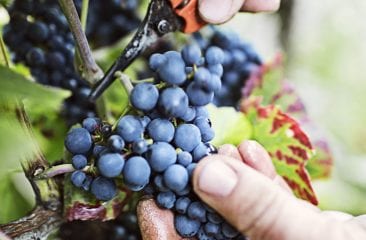
… and manual picking
There are two types of maturity:
- The “technological” maturity: a balance is struck between the sugar level and a well-defined acidity. This type of maturity is primarily used for sparkling wines.
- The “phenolic” maturity is used for white and red wines. In this case, the grape’s skin must be fine, colored and have taste. The seeds must be brown in color, and the sugar in sufficient quantity: between 200 and 250g per liter!
These evaluations are made using a refractometer, a tool that determines the amount of sugar, and of course, the mouth of the winemaker, who will judge the acidity rate and the concentration of aromas and tannins.
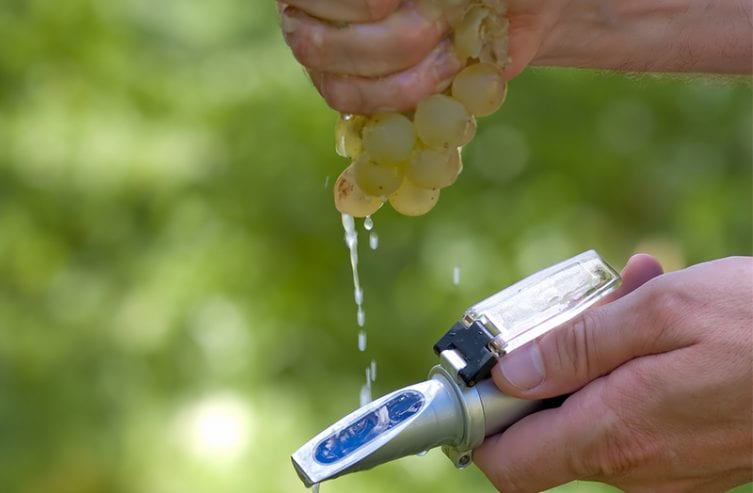
The refractometer makes it possible to measure the sugar content of a ripe grape
… Then comes the wine cellar
Once the grapes have the right level of ripeness, they have to be be picked and be taken to the wine cellar quickly. Picking is done either by hand, to preserve the integrity of the grapes, or by machine, which has the main advantage of being fast and economical.
Here are the different steps involved in winemaking:
-
Pressing
The grapes are loaded in presses which extract the juice contained in the pulp of the grapes. Here too, the method is essential because it is a question of extracting the juice in the gentlest way possible without extracting the bitterness contained in the grape bunches. This step takes about 4 hours and creates grape juice.
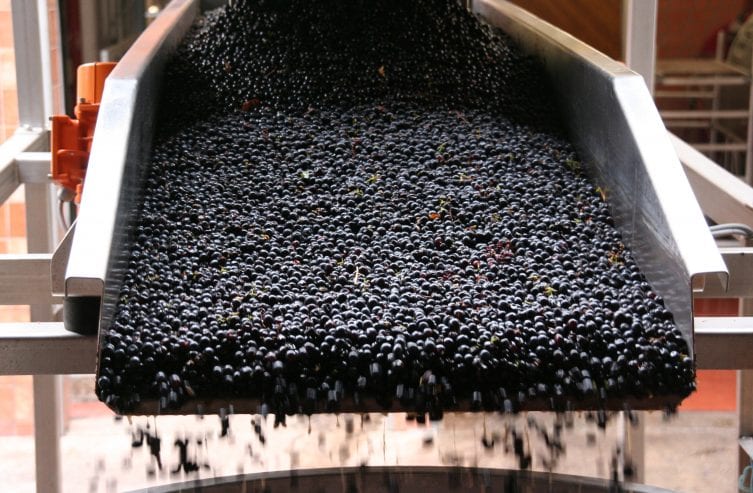
Once picked, it must be squeezed!
-
Settling
During this step, the “liquid” phase (grape juice) is separated from the “solid” phases (skin, remaining pulp etc.) to obtain a clean juice, which will not carry a herbaceous or vegetable taste. It is sufficient to leave it decanted at ambient temperature or in the cold for 24 to 48 hours to obtain two distinct phases. The clear grape juice is then filled into tanks for the next step.
-
Alcoholic fermentation
This is where the magic of wine comes in. Grape juice, with a little help from yeast, will turn into alcohol. But not only … The aromas attached to the sugar of the grape juice are consumed by the yeast; they will then be released and the wine will reveal all its aromatic potential.
Different parameters such as temperature or acidity will play a part in the development of bacteria, and thus allowing to create a multitude of different wines. It is here that the science and experience of the winemaker will be the most important.
For Alsace wines, mainly composed of aromatic grape varieties, this stage is crucial. The grape variety is often the basis for a consumer to identify a wine.
-
Malolactic fermentation
This is more a transformation than an actual fermentation process. Malic acid (double acid) is transformed into lactic acid (simple acid). It is a form of natural deacidication made by lactic bacteria – just as in yogurts!
This phenomenon is not often desired by the winemaker because butter, milk or yogurt flavors can appear and mask the main aromas of Alsatian grape varieties. This is why this type of fermentation is practiced sparsely on Alsatian white wines.
The winemaker must find the right balance between acidity, sugar and alcohol, among other parameters. They taste their wines constantly during this process to make sure they find this balance, as well as the right moment to stop the malolactic fermentation (or let it finish if they desire a dry wine).
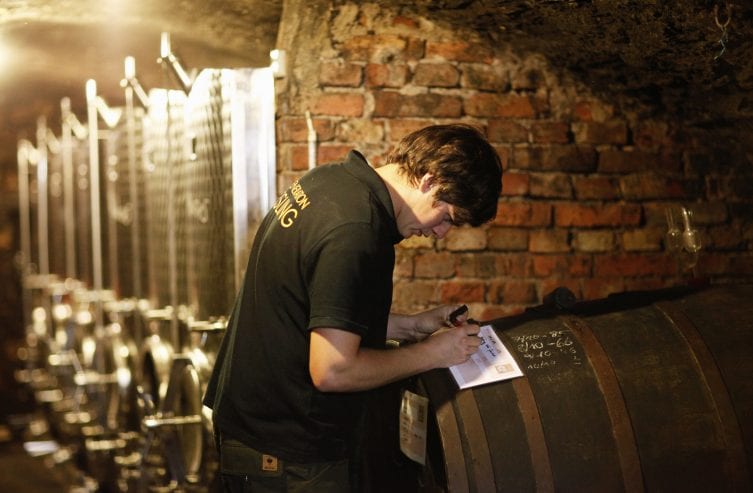
In order to create a great wine, a winemaker’s work is never done.
-
Racking
Once the fermentation is finished or stopped, another step of settling takes place: the racking. The wine is separated from the lees, which are remnants of dead yeasts. The “clear” wine is then transferred to another tank for aging.
The fine lees are often pumped with the clear wine, so as to enjoy the noble part of the yeasts that will “enrich” the wine and make it more fat, more complex. Coarse lees can cause unwanted odors – like rotten egg, cabbage or onion… not very nice! They are therefore sent to the distillery to recover alcohol and acids for future use, for example in cosmetics.
-
Aging
The aim here is to preserve the wine so that it can be improved, and eventually bottled. In Alsace, the geological diversity is such that in the same vineyard, plots separated by only a few miles can give completely different wines.
It is therefore once again the experience and the know-how of the winemaker that will be very important. They will bottle the wine or let it age a few months in tanks, in vats or in barrels, in order to find (as always) a balance between the aromatic side of the Alsatian grape varieties, the soil on which it has grown, and of course, the taste of consumers.
Once this balance has been found, they will wait patiently for the wine to age, that is to say that the fine lees contribute to the wine, amplify it, that the acidities are melted and that the bitter ones are placed. In short, wine grows like a child between the moment of birth and the first steps.
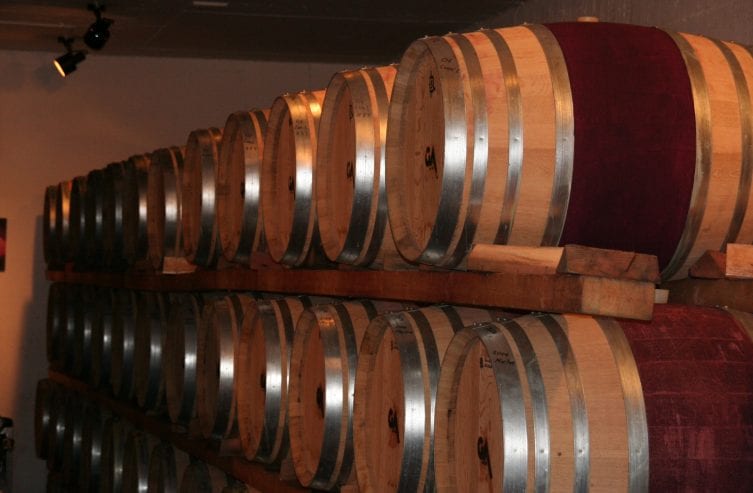
The wine ages in tanks, in vats or in barrels (photo at the head of the article)
-
Bottling
Once the wine is ready, it is put in its final packaging. But before the bottling, some final technical choices are needed:
The cork: Traditional cork that lets the wine breathe? A plastic cork, guaranteed to avoid cork taint? A screw capsule, trendy and retaining the wine’s aromatic freshness?
The bottle: lt may vary in color and size.
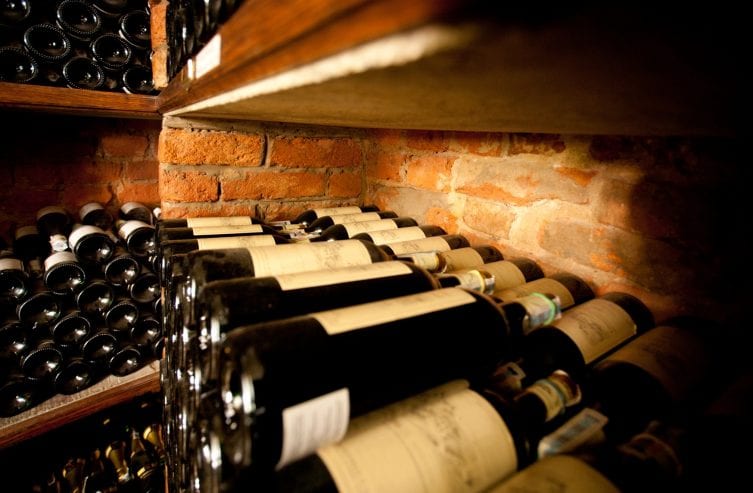
The container emphasizes the content
This is the high point of a year of hard work, but also and above all the consecration of a work that will be, in six months to a year, tasted and appreciated by consumers in Alsace and of the whole world.